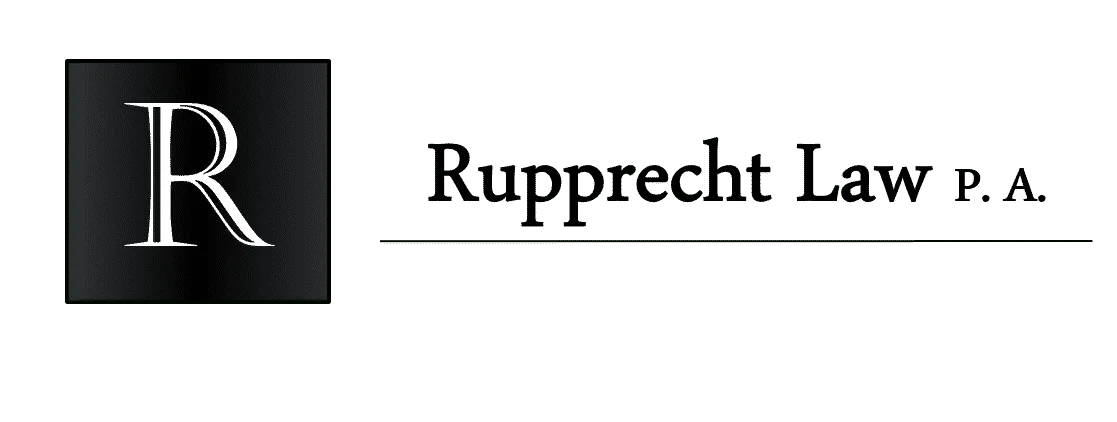|
Getting your Trinity Audio player ready...
|
Interested in flying at night and need to know when you must obtain a Part 107 night waiver?
Let’s start with the regulation:
(a) Except as provided in paragraph (d) of this section, no person may operate a small unmanned aircraft system at night unless—
(1) The remote pilot in command of the small unmanned aircraft has completed an initial knowledge test or training, as applicable, under § 107.65 after April 6, 2021; and
(2) The small unmanned aircraft has lighted anti-collision lighting visible for at least 3 statute miles that has a flash rate sufficient to avoid a collision. The remote pilot in command may reduce the intensity of, but may not extinguish, the anti-collision lighting if he or she determines that, because of operating conditions, it would be in the interest of safety to do so.
(b) No person may operate a small unmanned aircraft system during periods of civil twilight unless the small unmanned aircraft has lighted anti-collision lighting visible for at least 3 statute miles that has a flash rate sufficient to avoid a collision. The remote pilot in command may reduce the intensity of, but may not extinguish, the anti-collision lighting if he or she determines that, because of operating conditions, it would be in the interest of safety to do so.
(c) For purposes of paragraph (b) of this section, civil twilight refers to the following:
(1) Except for Alaska, a period of time that begins 30 minutes before official sunrise and ends at official sunrise;
(2) Except for Alaska, a period of time that begins at official sunset and ends 30 minutes after official sunset; and
(3) In Alaska, the period of civil twilight as defined in the Air Almanac.
(d) After May 17, 2021, no person may operate a small unmanned aircraft system at night in accordance with a certificate of waiver issued prior to April 21, 2021 under § 107.200. The certificates of waiver issued prior to March 16, 2021 under § 107.200 that authorize deviation from § 107.29 terminate on May 17, 2021.
For many people, they can comply with the above. But if they cannot, the regulations allow for a means to fix this. 107.205 says 107.29(a)(2) and (b) can be waived, which is important for some regulations. This article will dive into what operations may still need a night waiver. To start off, this article focuses on operations under Part 107, not model aircraft operating under model aircraft exception law.
Why would you want to fly your drone at night?
- Drone light shows. 107.29 requires flashing lights. To do a drone light show, you would need to turn off all of the lights.
- Law Enforcement. Do you want the bad guys to know where the drone is?
- Your Aircraft Doesn’t Have and Can’t Carry an Anti-Collision Light Visible for 3 Statute Miles. Maybe you want to fly a small drone commercially (Part 107 requires even sub 250gram drones to be registered, FYI), and you need to fly it at night. Another scenario is you want to fly an aircraft over people, and your aircraft doesn’t have lights visible for 3 SM. You are unsure about adding an aftermarket one, fearing it could cause issues because of falling off (like during parachute deployment) or during impact.
- You have a non-safety reason for turning down the flashing lights. You are monitoring wildlife, and the light might scare away the animals you are studying.
Frequently Asked Questions:
How long does a night waiver last?
4 years.
What airspace can I fly in under a night waiver?
The waiver is good for all of Class G airspace. You can obtain authorizations to operate at night in Class B, C, D, or E @ the surface. The night waivers typically say, “Operations under this Waiver are to be conducted in Class G airspace only unless specific airspace authorization or Waiver is received from the FAA in accordance with § 107.41[.]” You can apply for the night waiver and an airspace authorization at the same time, OR you can do a night waiver now and then later do an airspace authorization when needed.
Can my company/agency/ police department obtain the night waiver?
Yes, the organization can obtain one night waiver and all the employees fly under it. You don’t need to get a waiver for each employee.
Can I hire you for a night waiver?
Yes. Contact me.
Why are you qualified to handle my night waiver?
-I’ve been in it from the beginning. One of my night waivers was in the very first batch of FAA 107 waivers approved on August 29, 2016.
-Experience. I have 120+ night waiver approvals.
-Time Savings. Let me handle the paperwork as opposed to you figuring things out.
– Qualified. I’m a licensed attorney and FAA-certificated flight instructor, so I am extremely qualified to answer your aviation law questions.
-Insurance. I have malpractice insurance, which protects you in case I mess up.
-Confidentiality. Our communications are protected by the attorney-client privilege. Additionally, the Florida Bar rules require me to keep our communications confidential. “Consultants” do not have this requirement, and any communication with a consultant is not privileged, meaning the FAA or law enforcement can compel the consultant to testify against you.
-Secure. The Florida Bar did a very intensive background check on me. I’m in good standing with the Florida Bar and have no disciplinary record. www.floridabar.org/mybarprofile/109249 How safe is your information with other people?





Aviation Attorney. FAA Certificated Commercial Pilot and Flight Instructor (CFI/CFII). Contributor at Forbes.com for Aerospace and Defense.